Atheris Chlorechis Venom
$1,150.00 – $8,650.00
Discreet at the buyer’s request
Delivery Time: 3 – 5 days
Packaging: lyophilized venom sold in vacuum-sealed glass vials of 100 mg, 500 mg, and 1 g.
Price is per Gram
The minimum Order Quantity is 1 Gram
BUY ATHERIS CHLORECHIS VENOM ONLINE
Buy Atheris Chlorechis Venom Online (Bush Viper) Snake Venom for sale online. While considered mildly venomous at one time, it has since been proven that Atheris bites in general are serious bites. There is no antivenin manufactured specifically for the species, but it has been reported that Echis polyvalent has been effective in treating bites of other Atheris species.
Overall, the Usambara Eyelash Viper is an impressive specimen and I have heard of a few reptile keepers that have had them in captivity for a number of years now without any issues.
Are Atheris venomous?
Being an African species I would suggest cycling them in a similar way to other Atheris species by providing them with a period of cooler nighttime drops not colder than 15°C. In conclusion, if you are a fan of arboreal vipers the Usamabara Eyelash Viper should definitely be at the top of your list!
In the 1950s, two researchers in Taiwan–CY Lee and CC Chang–decided to study the venom of the banded krait. A bite from the snake, native to Taiwan, caused paralysis and shallow breathing–suggesting to the scientists that the snake’s venom must interfere in an interesting way with the nervous system’s control of muscles.
How venomous are variable bush vipers?
Nerves trigger muscles to contract by releasing the neurotransmitter acetylcholine. At first, Lee and Chang assumed that the snake venom must cut acetylcholine apart, but they found it had no effect. Instead, they discovered, the banded krait venom prevented neurons from responding to acetylcholine and from releasing their own. These two changes were caused by two different proteins in the venom of the banded krait, which Lee and Chang dubbed α-bungarotoxin and β-bungarotoxin.
Atheris is a genus of venomous vipers known as bush vipers. They are found only in tropical Subsaharan Africa (excluding southern Africa) and many species have isolated and fragmented distributions due to their confinement to rainforests. In an example of convergent evolution, they show many similarities to the arboreal pit vipers of Asia and South America. Sixteen species are currently recognized
BUY ATHERIS CHLORECHIS VENOM ONLINE, BUY ATHERIS CHLORECHIS VENOM ONLINE
BUY SNAKE VENOM ONLINE, BUY SNAKE VENOM ONLINE
Snake Venom is for sale online. While considered mildly venomous at one time, it has since been proven that Atheris bites in general are serious bites. There is no antivenin manufactured specifically for the species, but it has been reported that Echis polyvalent has been effective in treating bites of other Atheris species.
Overall, the Usambara Eyelash Viper is an impressive specimen and I have heard of a few reptile keepers that have had them in captivity for a number of years now without any issues.
Being an African species I would suggest cycling them in a similar way to other Atheris species by providing them with a period of cooler nighttime drops not colder than 15°C. In conclusion, if you are fan of arboreal vipers the Usamabara Eyelash Viper should definitely be at the top of your list!
Are green bush vipers venomous?
In the 1950s, two researchers in Taiwan–CY Lee and CC Chang–decided to study the venom of the banded krait. A bite from the snake, native to Taiwan, caused paralysis and shallow breathing–suggesting to the scientists that the snake’s venom must interfere in an interesting way with the nervous system’s control of muscles.
Nerves trigger muscles to contract by releasing the neurotransmitter acetylcholine. At first, Lee and Chang assumed that the snake venom must cut acetylcholine apart, but they found it had no effect. Instead, they discovered, the banded krait venom prevented neurons from responding to acetylcholine and from releasing their own. These two changes were caused by two different proteins in the venom of the banded krait, which Lee and Chang dubbed α-bungarotoxin and β-bungarotoxin.
Atheris is a genus of venomous vipers known as bush vipers. They are found only in tropical Subsaharan Africa (excluding southern Africa) and many species have isolated and fragmented distributions due to their confinement to rainforests. In an example of convergent evolution, they show many similarities to the arboreal pit vipers of Asia and South America. Sixteen species are currently recognized.
Why is there no antivenom for African bush viper?
Buy Atheris Chlorechis Venom Online (Bush Viper) Snake Venom for sale online. While considered mildly venomous at one time, it has since been proven that Atheris bites in general are serious bites. There is no antivenin manufactured specifically for the species, but it has been reported that Echis polyvalent has been effective in treating bites of other Atheris species.
Overall, the Usambara Eyelash Viper is an impressive specimen and I have heard of a few reptile keepers that have had them in captivity for a number of years now without any issues.
Being an African species I would suggest cycling them in a similar way to other Atheris species by providing them with a period of cooler nighttime drops not colder than 15°C. In conclusion, if you are fan of arboreal vipers the Usamabara Eyelash Viper should definitely be at the top of your list!
Best place to buy snake venom online
In the 1950s, two researchers in Taiwan–CY Lee and CC Chang–decided to study the venom of the banded krait. A bite from the snake, native to Taiwan, caused paralysis and shallow breathing–suggesting to the scientists that the snake’s venom must interfere in an interesting way with the nervous system’s control of muscles.
Nerves trigger muscles to contract by releasing the neurotransmitter acetylcholine. At first, Lee and Chang assumed that the snake venom must cut acetylcholine apart, but they found it had no effect. Instead, they discovered, the banded krait venom prevented neurons from responding to acetylcholine and from releasing their own. These two changes were caused by two different proteins in the venom of the banded krait, which Lee and Chang dubbed α-bungarotoxin and β-bungarotoxin. Buy snake venom online
Atheris is a genus of venomous vipers known as bush vipers. They are found only in tropical Subsaharan Africa (excluding southern Africa) and many species have isolated and fragmented distributions due to their confinement to rainforests. In an example of convergent evolution, they show many similarities to the arboreal pit vipers of Asia and South America. Sixteen species are currently recognized
| QUANTITY | 1Gram, 3Grams, 5Grams, 10Grams |
|---|
Be the first to review “Atheris Chlorechis Venom” Cancel reply
Related products
BUY SNAKE VENOM
BUY SNAKE VENOM
BUY SNAKE VENOM
BUY SNAKE VENOM
BUY SNAKE VENOM
BUY SNAKE VENOM
BUY SNAKE VENOM
BUY SNAKE VENOM


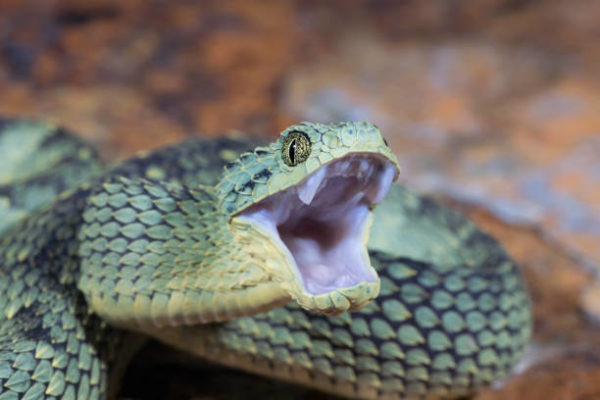


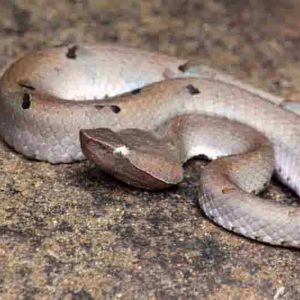
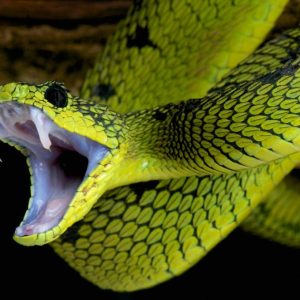
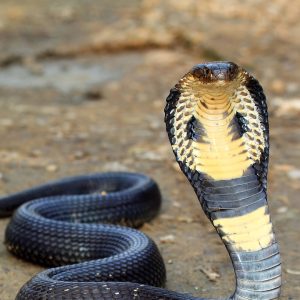
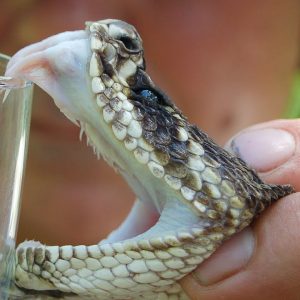
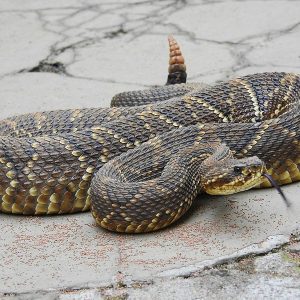
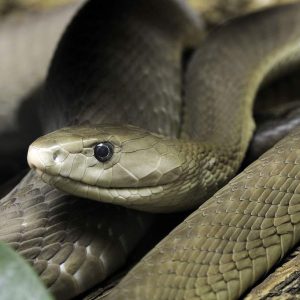



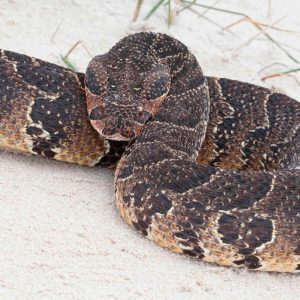
Reviews
There are no reviews yet.